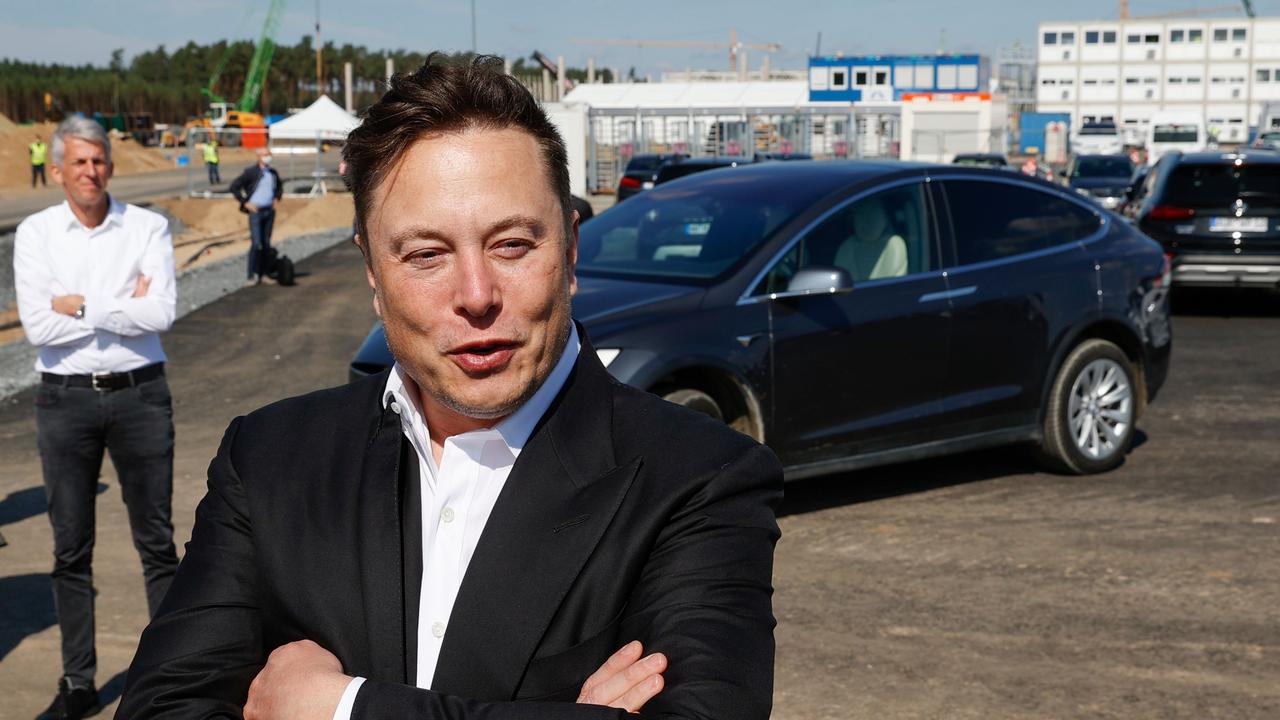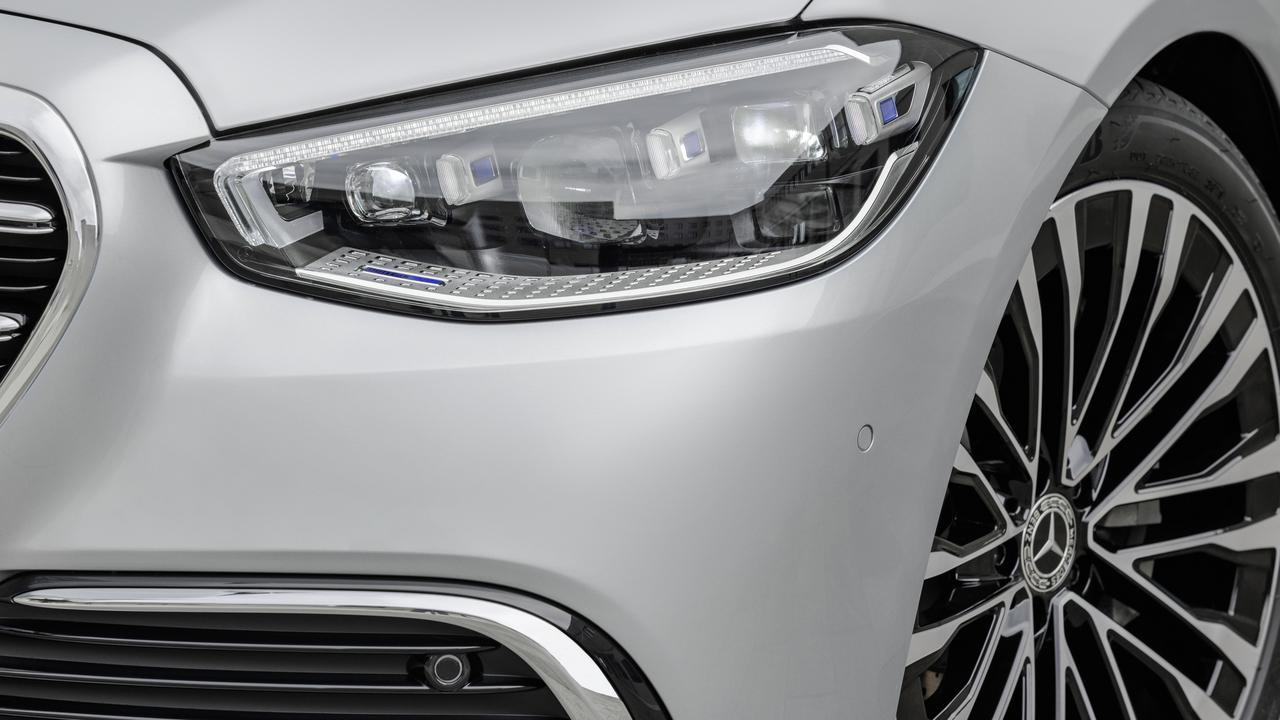New Nissan Leaf electric car reviewed
It’s one of the world’s biggest oil producers but this country’s top selling car doesn’t use a drop of petrol.

ON OSLO’S waterfront there is a white-tiled opera house. Modern, massive and angular, it’s the signature sight of this fjord-facing city. Except for this similarity to Sydney, Norway isn’t anything like Australia.
One of the biggest differences is the mix of cars. Electric vehicles are rare in Australia. In Norway, they are everywhere.
More than a quarter of the new cars sold in Norway today are EVs. Topping the charts since it went on sale in February is the new Nissan Leaf.
This battery-powered five-seat hatchback is headed for Australia. “Available Soon” says the Nissan Australia website, though the company can’t say exactly when. Nor can it confirm tech specifications, equipment levels or prices.
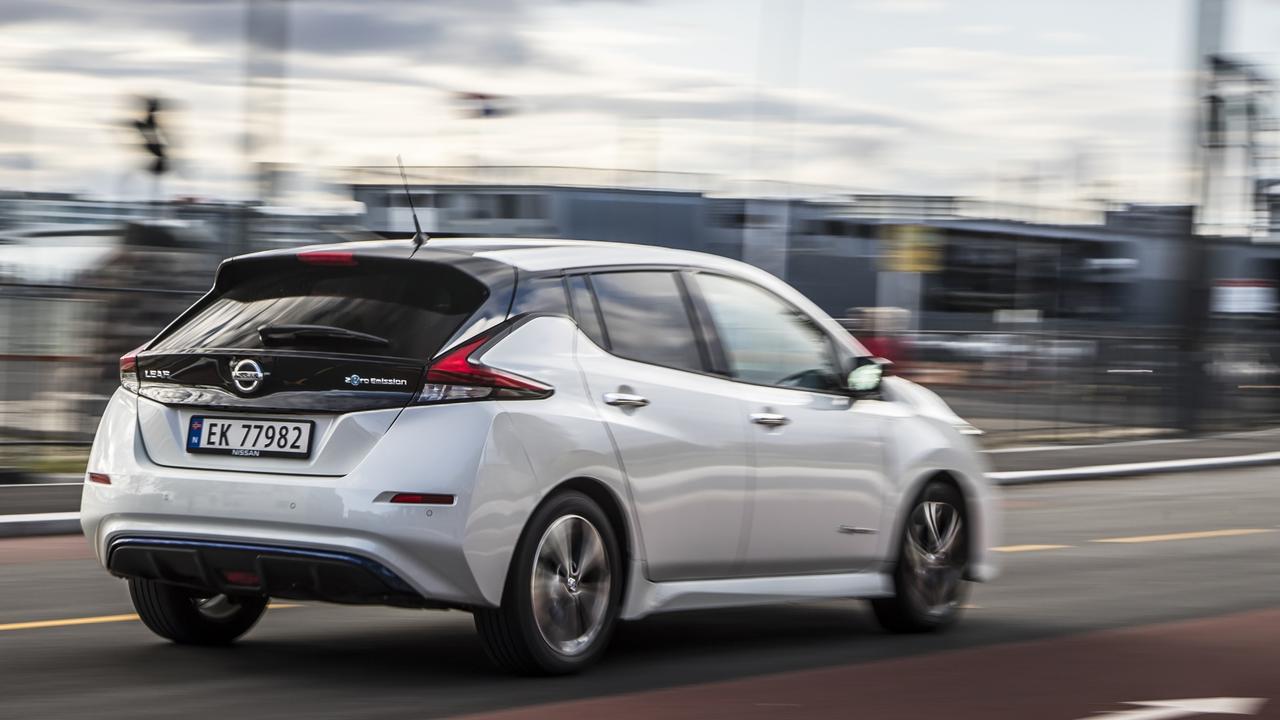
The new Leaf, like the old one, is made in Japan, the US and the UK. Since the first-generation Leaf launched in 2010, the three factories have produced more than 300,000 examples, making the purely plug-in Nissan the world’s best-selling EV.
Nissan Australia knows for sure its Leafs will come from the same factory in the north-east of England that builds those sold in Norway. Strong demand for the new Leaf, especially in Norway, is outstripping the Sunderland plant’s production.
“We’re struggling to get enough volume,” says Nissan Norway manager Anders Mamen-Lund. Other brands have the same supply difficulties, he adds.
It’s tough for the car business to keep up with what’s happening in Norway, according to Mamen-Lund. “The changes we have had now for the last five years are more dramatic than what you have seen in the industry for the last 100 years.”

The Leaf’s runaway success could explain Nissan Australia’s inability to give local launch details. It makes sense for the UK plant to keep shipping to nearby Norway, where EV-embracing customers are queuing, before shifting focus to Australia, where demand is negligible.
Last year EVs accounted for only 0.1 per cent of new vehicle sales in Australia, with a population five times the size of Norway. But five million Norwegians buy more EVs in a week than 25 million Aussies do in a year.
This hasn’t happened by chance. For years Norway has encouraged its citizens to choose EVs, with policies that make them price-competitive.
Normal cars were always heavily taxed in Norway and they still are. But EV buyers sidestep substantial taxes based on CO2 emissions, introduced in 2006, and weight, plus a hefty 25 per cent GST.
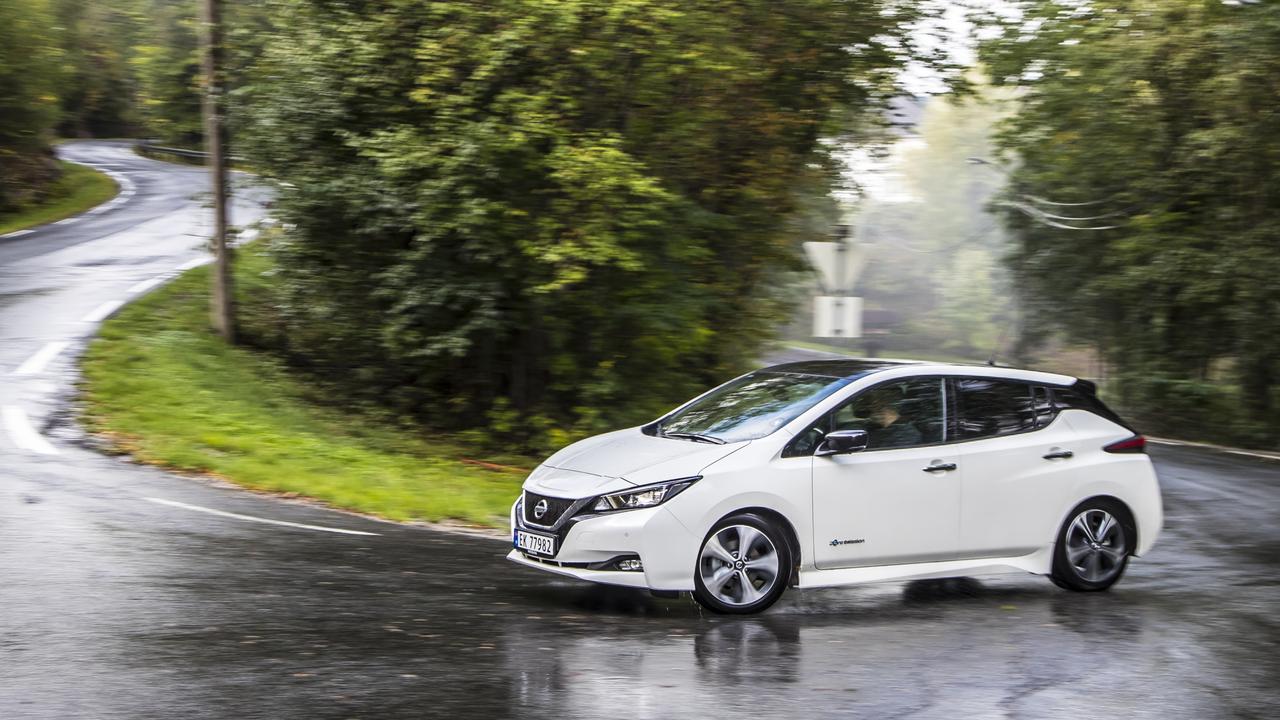
The result? “The price of the Leaf, you can compare it to the Nissan Juke,” says Mamen-Lund. “It’s a bit cheaper than a Qashqai, a bit more expensive than the cheapest Micra.”
Norwegian EV buyers get other benefits, such as not paying annual road taxes while also getting free use or heavy discounts on toll roads, ferry and parking station fees and the right to legally use bus lanes.
“The politicians didn’t do this to be nice to EV owners,” says Marina Maneas Bakkum, Nissan Nordic Europe communications director.
“They have signed international agreements on CO2 emission reductions. They have found out that this is actually the easiest and cheapest way to get it, to take if from the transport sector.” Pro-EV policies, she says, are supported by all the parties in Norway’s parliament.
It’s clear that Norway is EV-owner heaven. But what makes the Leaf so popular with the nation’s EV-savvy new car buyers?
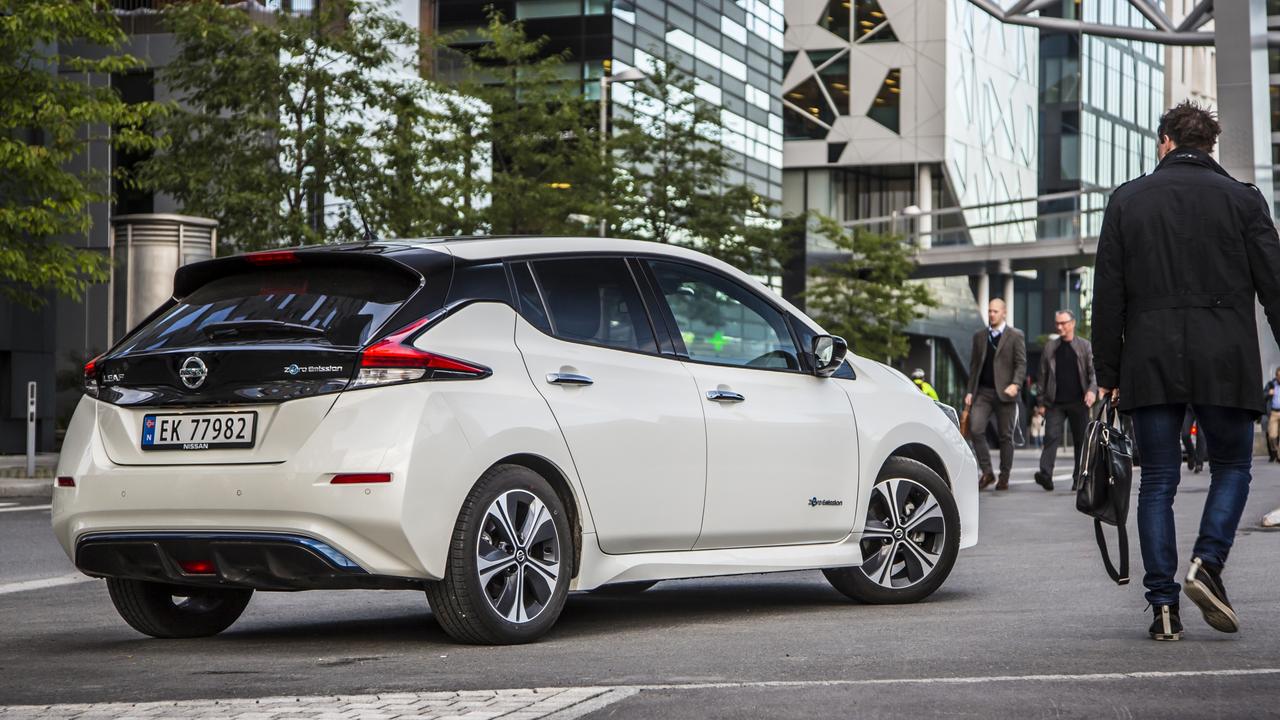
To find out, we recently spent some time driving the Leaf, in Oslo and the fir-forested countryside around the capital.
Compared to the previous model, the Leaf is better looking and more powerful. It’s quick, quiet and very smooth, partly because the Nissan never needs to change gears. It has only one.
Its new 40kWh battery pack (the first Leaf launched with a 24kWh pack, later upgraded to 30kWh) delivers a longer driving range between recharges; 270km according to the latest and more realistic energy consumption test, known as WLTP.
The Leaf is also surprising fun to drive, especially in e-Pedal mode. Selecting this boosts the strength of the car’s battery-filling regenerative braking. Ease right off the accelerator pedal and the Leaf slows significantly. This makes driving in stop-start traffic easier than a normal car. And e-Pedal also works really well on winding country roads.
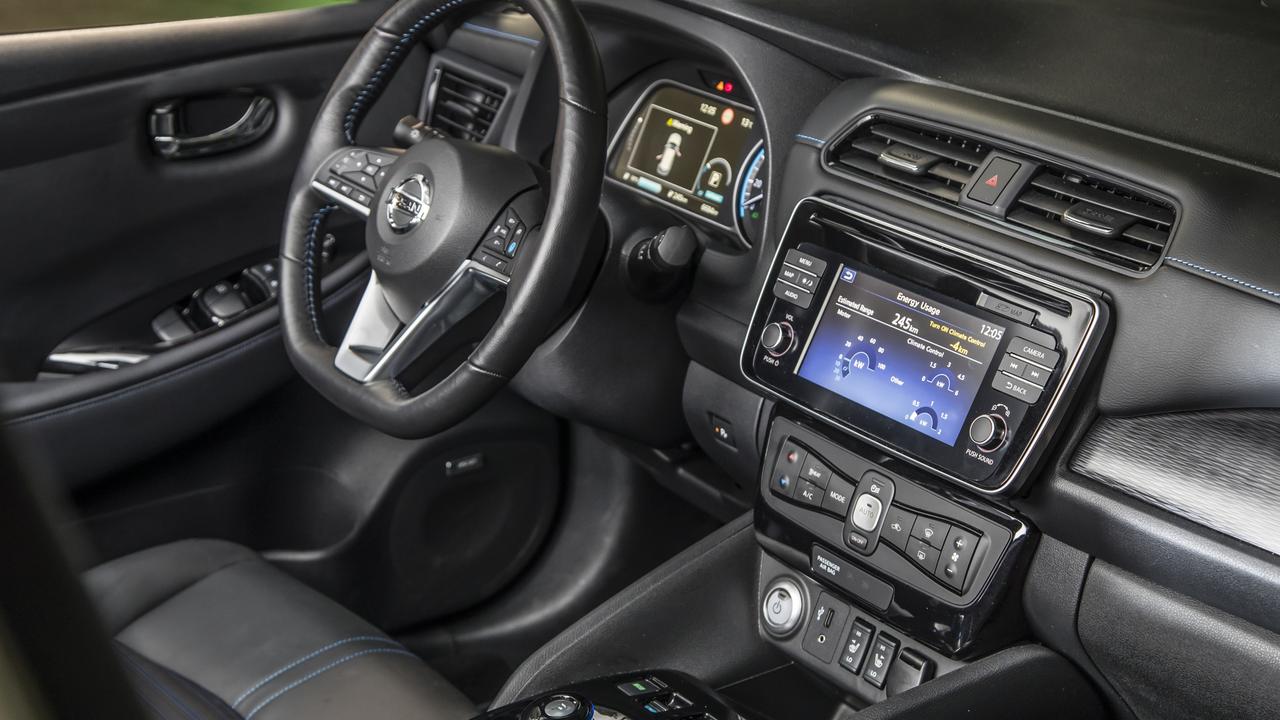
There’s good space inside for four adults (a hump in the centre of the floor limits the usefulness of the rear bench seat’s middle place). The boot is large at about 400L.
In top Tekna grade, the most popular with Norwegians, the Leaf is well-equipped and brimming with technology. Driver-assist features such as the automatic lane-keeping steering and traction control feel clumsy compared to the best Euro brands — on the other hand, the Leaf’s Android Auto worked flawlessly.
Norway itself also makes the Leaf easy to like, and to use. Our hotel in central Oslo valet parked the Nissan each night. It wasn’t cheap but for EVs the price includes an overnight recharge for no extra cost. This isn’t unusual. Free recharging is common in Norway at shopping centres and pay car parks.
Norwegian EV drivers most frequently recharge at home, tapping into the country’s cheap AC electricity for everyday driving. Making longer trips means paying more to use the country’s extensive and growing network of fast DC chargers.
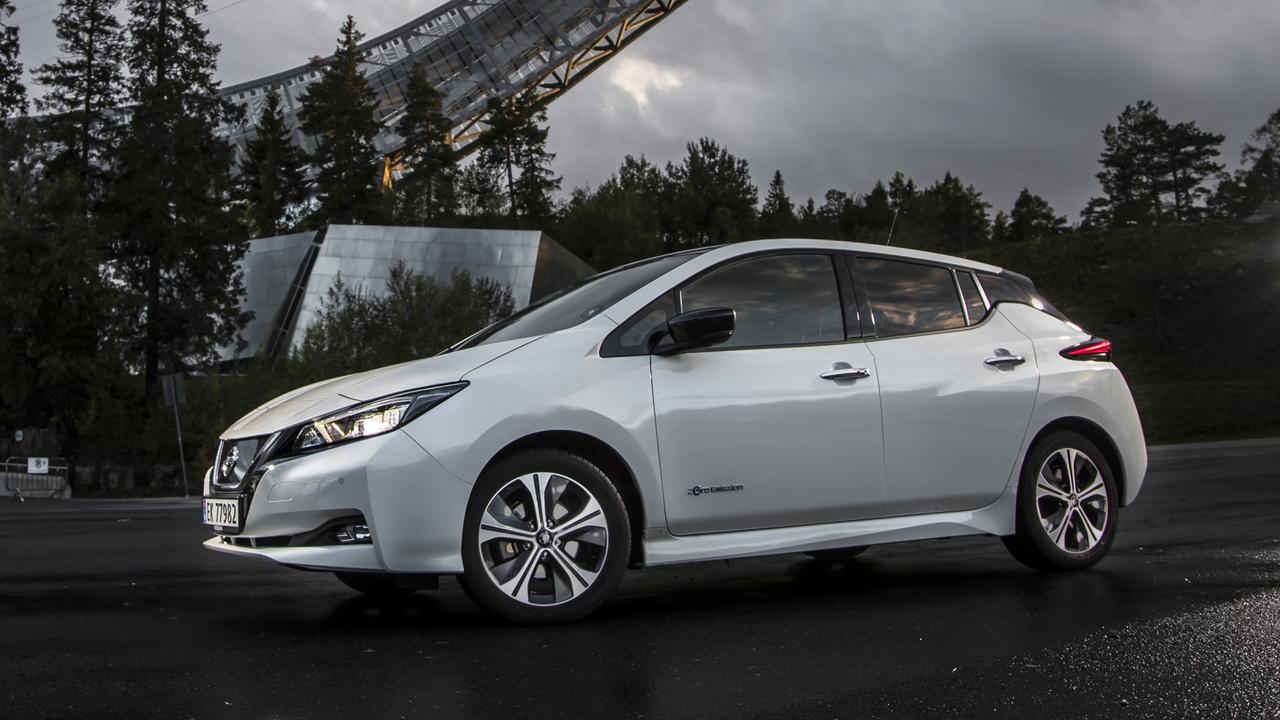
After half a day exploring the lakes and forests outside Oslo, the Leaf had covered 170km. There was 18 per cent charge remaining in its battery, not enough to get to our next destination.
The satnav guided us to a pair of 50kW fast chargers at a motorway service station en route. Its operator, Circle K, made Norwegian history recently by canning plans to build a new service station — citing market uncertainty caused by the rapid uptake of EVs.
Plug the fast-charger cable into the second socket in the Leaf’s nose and it takes 45 minutes to get to 85 per cent charged.
Most of the 1500 or so DC fast chargers in Norway are 50kW but faster 150kW examples are being installed in some locations.
ADD TO THE PLUSES
If the 200km-plus real-world driving range of the new Leaf seems too short, a solution is on the way. Nissan execs confirm a big-battery
e-Plus version, with extra power, will go into production soon. Its 60kWh battery pack stores 50 per cent more energy, and will increase driving range by a similar amount. Lithium-ion batteries are expensive, so the long-range Leaf will be more costly.
CHECK THE FIGURES
EV sales are strong in Norway but this doesn’t spell instant death for petrol and diesel. EVs account for 26 per cent of new car sales but only 6 per cent of the 2.7 million cars on the road are electric. And even if Norway hits its goal of 100 per cent of new passenger vehicle sales being electric or zero emission by 2025, some 40 per cent of cars still going six years beyond that will still use internal combustion.
NISSAN LEAF
PRICE: $45,000 (est)
SAFETY: 5 stars, 6 airbags
ENGINE: Synchronous electric motor, 110kW/320Nm
THIRST: None
0-100km/h: 7.9 secs

